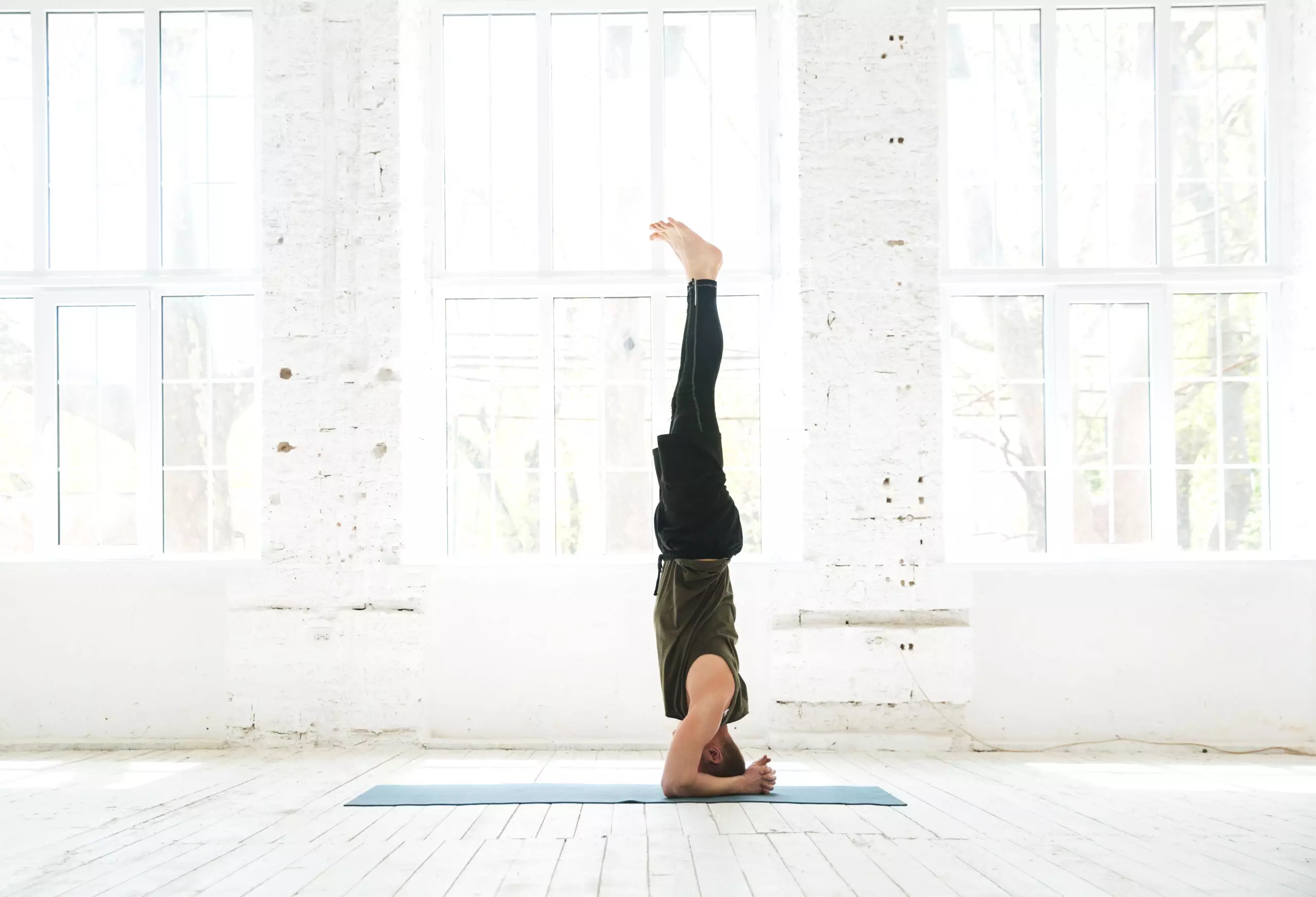We all know that exercise is an essential part of maintaining a healthy lifestyle. But did you also know that stretching can be just as important? Incorporating regular stretches into your fitness routine can have numerous benefits for both your physical and mental wellbeing.

In this blog post, we’ll explore the importance of stretching, how to perform basic stretches correctly, and ways to incorporate them into your daily routine. Let’s get started!
Introduction to Stretching and Fitness
Stretching is a form of physical activity that involves elongating your muscles and joints to improve flexibility and range of motion. It can help prevent injury, reduce soreness after workouts, and increase blood flow and oxygen to your muscles. When combined with strength training and cardio exercises, stretching can take your overall fitness to the next level.
The Benefits of Regular Stretches
There are many reasons why adding regular stretches to your fitness routine can benefit your body and mind. Here are some of the top advantages:
Improved flexibility: As you age, your muscles tend to shorten and lose their ability to move freely. Regular stretching can help lengthen your muscle fibers and improve mobility.
Reduced stress and anxiety: Stretching has been shown to release endorphins in the brain, which can help alleviate feelings of stress and anxiety.
Better sleep: Studies suggest that regular stretching can lead to better quality sleep by reducing tension in the muscles and promoting relaxation.
Prevention of injuries: By improving flexibility and Balance, stretching can help prevent common injuries such as strained muscles or sprained ligaments.
How to Perform Basic Stretches Correctly
Before starting any new exercise regimen, it’s essential to learn proper technique to avoid injury. Here are some tips for performing basic stretches safely and effectively:

1. Warm up first: Always start with a light warm-up to get the blood flowing and loosen up your muscles. This could include a quick jog or jumping jacks.
2. Hold each stretch for 30 seconds: To see real results from stretching, hold each position for at least 30 seconds. If you feel discomfort, back off slightly until the sensation subsides.
3. Breathe deeply: While holding a stretch, focus on taking slow, deep breaths to help relax your muscles further.
4. Don’t bounce: Bouncing during a stretch can cause damage to your muscle fibers and connective tissue. Instead, gently ease into each position and hold steady.
5. Listen to your body: Pay attention to how your body feels while stretching. If something doesn’t feel right, stop immediately and consult a doctor or certified personal trainer.
Incorporating Stretches into Your Fitness Routine
Now that you understand the basics of stretching, let’s talk about how to integrate these movements into your existing fitness routine. Here are some ideas:
1. Start with dynamic stretches: Dynamic stretches involve moving through different positions rather than holding still. These types of stretches can be great for warming up before a run or other high-intensity workout.
2. Add static stretches after your workout: After completing your normal workout, spend five to ten minutes doing static stretches targeting areas that felt tight or sore.
3. Make stretching a habit: Try setting aside time every day to do stretches, even if it’s only for a few minutes. You could wake up with a morning yoga practice or unwind with evening stretches before bed.
Conclusion: Making Stretching a Habit for Life
Regular stretching should become a critical component of your overall fitness plan. Not only does it offer numerous physical benefits but also helps relieve stress and promote relaxation. With consistent effort and dedication, you can make stretching a lifelong habit that supports your long-term health goals.











